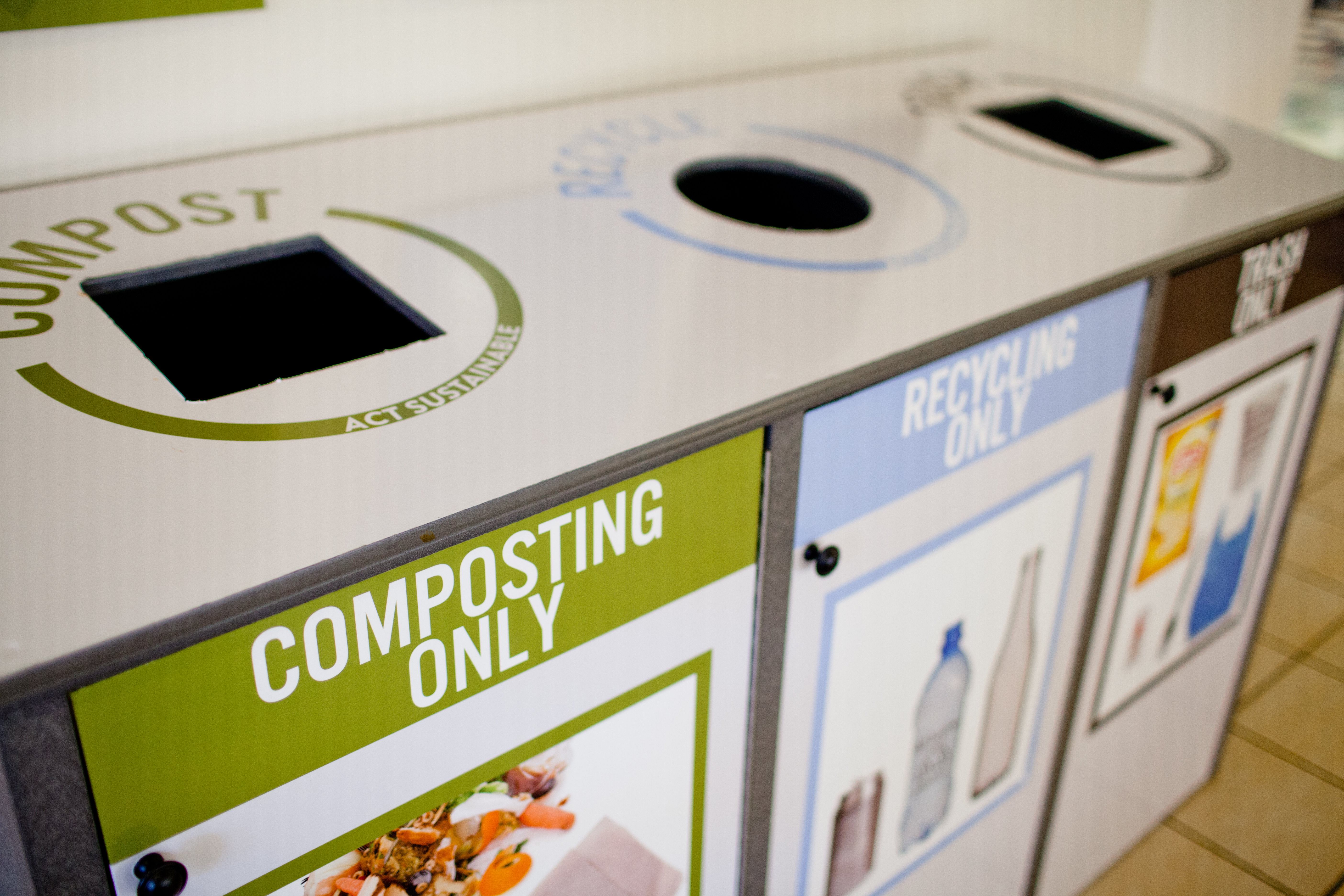Ask the RD: Food Waste
Every month, our Registered Dietitian, Kelli Wood, answers a frequently asked nutrition question. Here’s April’s Ask the RD!
“How can I reduce food waste at home?”

First, do an inventory-check of perishable foods you already have on hand and make sure to use these foods up first. In fact, try not to go to the grocery store until these foods are gone.
Understand that the Best By date is not the same as an expiration date. If the Best By date has past, it does not necessarily mean the product should be tossed out.
Keep staple items on hand such as rice, pasta, beans, and bread products. These products have a long shelf life and complete any meal, allowing more flexibility in what you can cook with foods that are about to go bad.
Get creative with leftover ingredients. For example, leafy greens can be added to cake recipes, avocados can be used to create ice cream, Greek yogurt can be added to muffin batter, and frozen root vegetables actually make a nice, creamy texture for smoothies.
Use the entire cut of meat, including the bones. Meat and/or poultry can be eaten with a side of vegetables and rice, shredded for tacos, and the bones make a great soup broth.
When you’re developing your grocery menu, consider dishes that can stretch out for two meals. If you’re planning on preparing recipes in bulk, it’s important to stick to standard portion sizes. You don’t want to eat so much for one meal that you won’t have enough to eat the next night.
Finally, if it’s too late to salvage any perishable item, consider composting it. Composting is a way to utilize certain foods that have been perished, further reducing food waste and improving the environment.